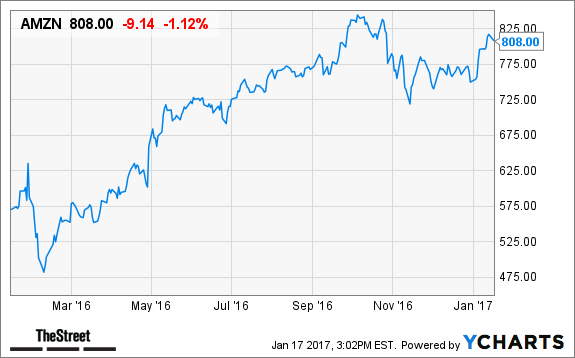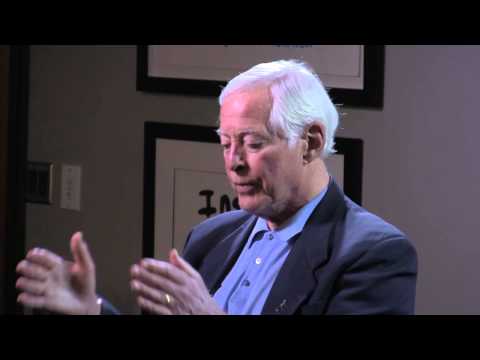News & Notice
공지사항
| 제목 | Expense Ratio Definition, Components, Practical Example | ||
| 작성일 | 2022-08-16 | 작성자 | 정새론 |
Contents
The expense ratio of a fund does not include transaction fees or loads, which are typically one-time, rather than ongoing fees. Keep in mind that your $4,000 share of costs does not include any trading activities, commissions, or loads. It’s simply your share of the management costs to actually run and operate the fund for the year. Transfer agents are tasked with handling such tasks in order to track the day to day changes in the account statements. They process purchase requests, issue certificates to new owners, handle cases of stolen or lost certificates, and act as intermediaries between the fund investors and the company. What is the expense ratio I am paying invested through ET money.

The fee mutual fund charges are called, ‘The Total Expense Ratio’ or TER. When you earn money through an investment and reinvest that money to earn more, it means that your earnings are compounding, or multiplying. Compound gains make up a vast percentage of the overall returns that you receive through your investing activities.
Portfolio Expense Ratio
Hence, for any given fund, the TER or the expense ratio for a regular fund will always be higher compared to the direct fund. It’s always worth the time to dig into the fees you’re charged when you make an investment to ensure that they are reasonable. If you don’t, being oblivious to these expenses could cost you tens of thousands or hundreds of thousands of dollars in the long run. CNBC recently published a report that dove into the value of high-cost, actively managed portfolios. The report found that more than 85% of “professional” fund managers were unable to outperform the S&P 500 over the course of 10 years. The technology and personnel used to manage and maintain your investments cost money.
If you’re working with a financial advisor, whether it be a robo-advisor or human being, you’re going to pay a fee for your advisor’s services. The interest https://1investing.in/ expense to debt ratio is expressed as a percentage. Additionally, the total debt covers long-term liabilities like mortgages and other loans.

Hopefully, this explains who these distributors are and why one should opt or not opt for regular funds. Well, because the owner of Anu stores needed an incentive to sell Joy ice cream. Without the incentive, why would anyone sell a product, right?
What are the expense ratio limits?
Regardless of who the distributor is, you need to remember that when you buy a regular MF, you are paying a higher TER fee. The additional TER of 0.5% in the regular fund is to ensure the distributor is adequately compensated for selling the Mutual Fund. Written by industry experts, all with full explanations that will not only improve your performance but will help you quickly get ahead of all your competitors.
- The action you just performed triggered the security solution.
- It was a small factory with a little retail outlet at the factory’s entrance.
- When we work out ratios, if we have a value assigned to the whole it can then be divided in proportion to the given ratio.
- In this chapter, we focus on the expense ratio of a mutual fund.
- The expenses are deducted from the investor’s funds, and it reduces the overall returns attributable to investors.
If a recoupment plan is in effect, the effect may be to require future shareholders to absorb expenses of the fund incurred during prior years. Management fees make up a large portion of the expense ratio and can range from 0.5% to 2.0%. Investors prefer portfolio management companies that charge a lower management fee since a higher fee reduces the return on their investments.
How Important is the Expense Ratio?
An expense ratio is an annual fee charged to investors who own mutual funds and exchange-traded funds . High expense ratios can drastically reduce your potential returns over the long term, making it imperative for long-term investors to select mutual funds and ETFs with reasonable expense ratios. A professional money manager must actively monitor the invested assets, research new investments, and make sure the fund is investing according to its goals. The fund must also maintain an office with a staff to mail monthly, quarterly, and annual statements to investors. Tax professionals must also be hired to file the tax returns for the fund and issue reports for each of the investors. Needless to say, it’s a labor-intensive activity to operate a mutual fund.
Profitability and expense ratios measure customer demand, company pricing power and cost management efforts. Being able to calculate specific ratios from financial statements can provide an investor with insight into to find expense ratio expenses are generally divided by various investment alternatives. The expense ratio is deducted from the value of the mutual fund scheme’s assets that day and divided by the number of outstanding units to derive at that particular day’s NAV.

If you have access to a retirement account like a 401, keep a close eye on the expense ratios of the available funds. The average cost of investing in a fund in a 401 was 1.035% in 2021. Generally, the expense ratio of a fund depends on the type of fund. Actively managed funds that aim to beat the market charge a higher ratio than passive funds that aim to track a specific financial index. Expense ratios work by combining different fees and costs that a fund incurs into a single percentage that investors can use to estimate how much they will pay to invest in the fund. As the fund grows in size, it will require more labor to maintain, but the fees will also be spread out amongst the new investors.
This implies that in a year, each investor will have to pay 2% as the expense ratio to the AMC, which will be deducted each day till the time you are invested in the scheme. Hires a broker for all the transactions to be processed concerning the purchase and sale of the shares of the portfolio asset. Direct mutual funds, on the other hand, process these transactions by themselves. Regulations, the entry load is abolished from the calculations of the total expense ratio of a mutual fund. A small percentage of the TER may be directed to other business operation costs.
Next Up In Investing
At the same time, a higher expense ratio does not imply it’s a better mutual fund. A fund with a lower expense ratio can be equally or more capable of producing better returns. Mutual funds having a high expense ratio, on the other hand, can be aggressively managed for higher yields, or invest in companies having a higher probability of earning profits. A more substantial revenue generated will compensate for the higher expenses incurred.
For instance, when working with data, or with scale, and of course, when answering questions in numerical reasoning tests. Finally, regulators like the Securities and Exchange Commission and the Financial Industry Regulatory Authority need to be paid for the work they do. These fees are added to securities transactions, but are so small that they barely exist. Expense ratios depend upon the size of the fund , the management style , etc. It could be that the firm is not maximizing its use of leverage benefits, or the company may have obtained funding at low-interest rates with restrictive conditions. In such a case, a lower ratio can be considered a sign of good financial standing.
Components of an Expense Ratio
Hence, the higher the expense ratio, the lower the NAV will be. The mutual fund NAV is calculated after deducting the expense ratio every day; hence, the returns are net of the expenses. In other words, the returns expressed are what the investors gathered after deducting the expense ratio. The expense ratio of regular plans is higher than direct plans, and also that of actively managed funds is higher than passively managed. Expense ratios are usually deducted from total revenue generated by a mutual fund, before disbursing it to the investors. Higher expense ratios imply a higher proportion of the returns being removed, thereby providing lower returns on investments.
This ensures a substantial flow of financial resources to capital market of the country. The management fee encompasses all direct expenses incurred in managing the investments such as hiring the portfolio manager and investment team. The cost of hiring managers is the largest component of management fees; it can range between 0.5% and 1% of the fund’s assets under management, or AUM. A fund’s trading activity—the buying and selling of portfolio securities—is not included in the calculation of the expense ratio. Costs not included in operating expenses are loads, contingent deferred sales charges , and redemption fees, which, if applicable, are paid directly by fund investors. You’ll notice in all the examples above that you need to divide expenses by average values, but how do you get those average values?
For example, let’s say your total investing portfolio value averages about $100,000 and you pay about $1,000 per year in expenses. Another example would be if a company has $1,000 in total interest expense and $100,000 in total debt, the interest expense to debt ratio would be 1%. An example of the interest expense to debt ratio is if a company has $1,000 in total interest expense and $10,000 in total debt, the interest expense to debt ratio would be 10%.
The sum of the program expense ratio and the “support service expense ratio” is by definition 100% for a non-profit organization. Charities having a higher program expense ratio are often considered to be more efficient. Also, the expense ratio of Direct Plans is far lesser than that of Regular Plans.
